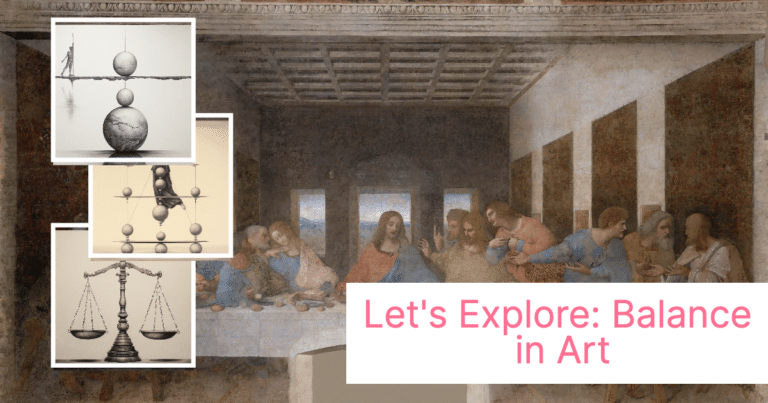Last Updated on September 21, 2023 by Dee
Balance in art is a fundamental concept that plays a crucial role in creating a visually appealing composition. It is the distribution of visual elements such as line, color, texture, shape, and space in a way that creates harmony and equilibrium. Whether it is a painting, sculpture, or graphic design, balance is an essential aspect that every artist needs to consider.
Understanding balance in art requires an understanding of the principles of design. Balance is one of the key principles of design, along with emphasis, movement, rhythm, proportion, scale, harmony, unity, variety, and contrast. Achieving balance in a composition involves a careful distribution of elements in a way that creates a sense of stability and harmony. There are different types of balance in art, including symmetrical, asymmetrical, and radial. Each type has its own unique characteristics and can be used to create different effects in a composition.
Understanding Balance in Art
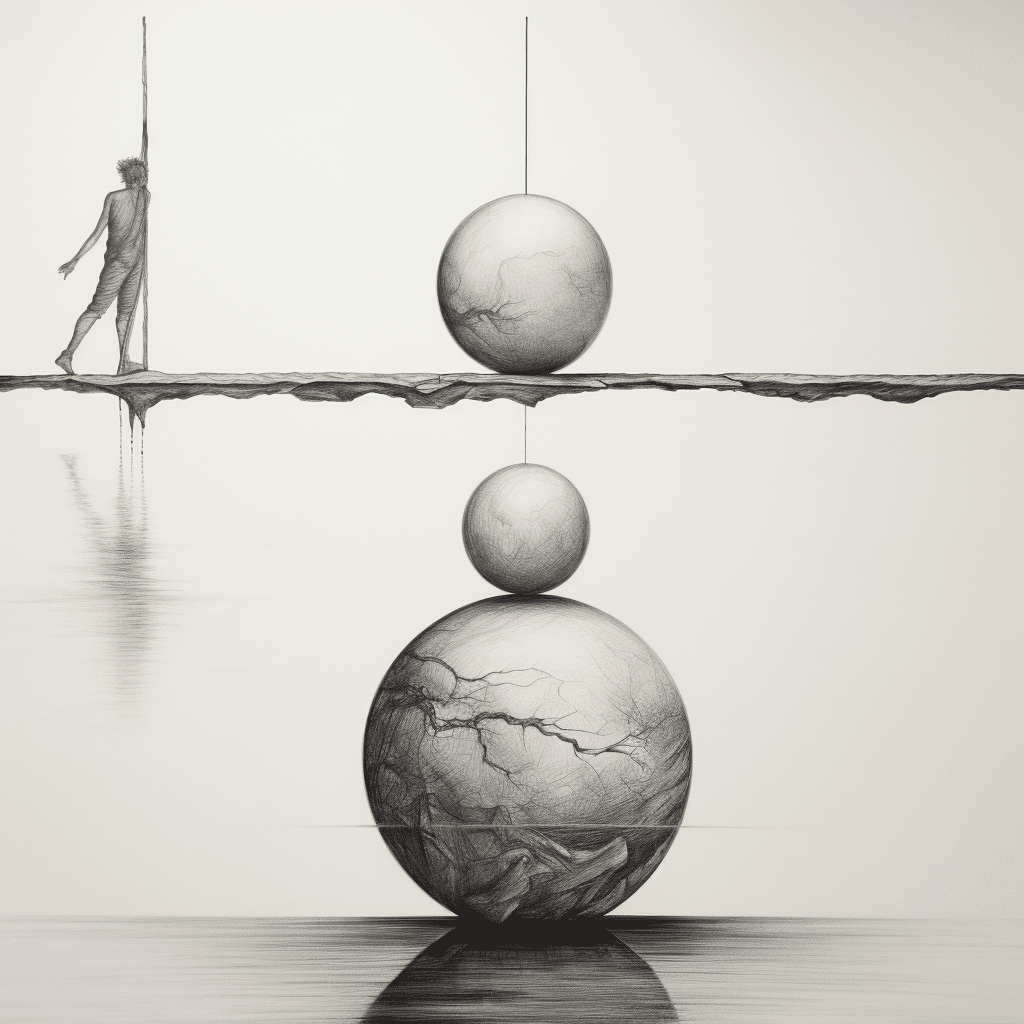
Balance in Art Definition: Balance in art refers to the way in which the visual elements of a composition are arranged to create a sense of equilibrium. It is one of the basic principles of design, alongside contrast, movement, rhythm, emphasis, pattern, unity, and variety. Achieving balance in art involves a careful consideration of the visual weight of the different elements in a composition.
Visual weight refers to the perceived “heaviness” of an element within a composition, which is determined by factors such as its size, position, and color. For example, a large, dark-colored shape positioned near the center of a composition will have more visual weight than a smaller, lighter-colored shape positioned near the edge.
The elements of art that contribute to balance in a composition include line, shape, size, position, form, texture, pattern, color, and positive and negative space. These elements can be used in various ways to create different types of balance, such as symmetrical balance, asymmetrical balance, and radial balance.
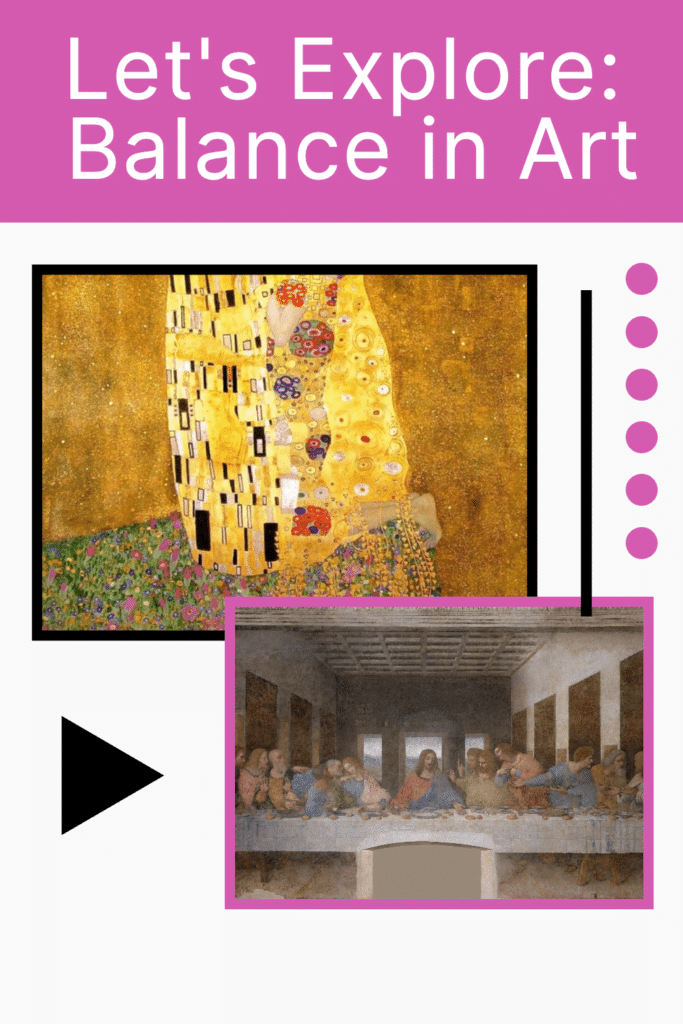
Symmetrical balance involves creating a composition in which the visual elements are arranged in a mirror image on either side of a central axis. This type of balance is also known as formal balance and can create a sense of stability and order in a composition.
Asymmetrical balance, on the other hand, involves creating a composition in which the visual elements are not identical on either side of a central axis, but are still arranged in a way that creates a sense of equilibrium. This type of balance can create a more dynamic and visually interesting composition.
Radial balance involves arranging the visual elements of a composition around a central point, creating a sense of circular movement and balance.
In summary, achieving balance in art involves a careful consideration of the visual weight of the different elements in a composition, as well as the use of various techniques to create different types of balance. By understanding the principles of balance in art, artists can create compositions that are visually appealing and engaging to the viewer.
Types of Balance in Art
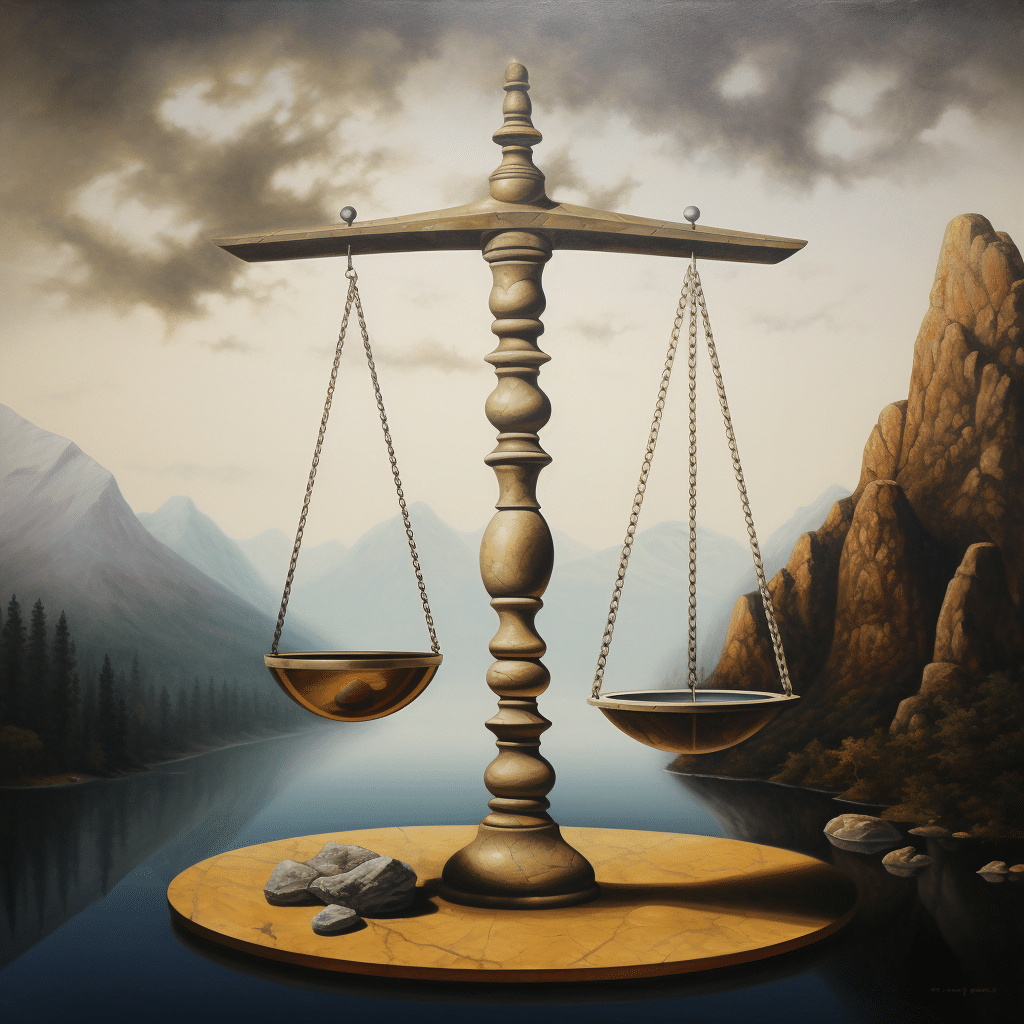
Balance is a crucial element in creating visually appealing and harmonious artworks. There are four main types of balance in art: symmetrical, asymmetrical, radial, and crystallographic.
Symmetrical Balance
Symmetrical balance is also known as mirror image balance. It is achieved by dividing the artwork into two equal parts that are identical or nearly identical. This type of balance creates a formal, stable, and orderly composition. It is often used in traditional and classical art styles.
Asymmetrical Balance
Asymmetrical balance is also known as approximate balance. It is achieved by balancing the visual weight of different elements in the artwork without mirroring them. This type of balance creates a dynamic, informal, and unpredictable composition. It is often used in modern and contemporary art styles.
Radial Balance
Radial balance is achieved by arranging the elements in the artwork around a central axis, like the spokes of a wheel. This type of balance creates a dynamic and harmonious composition that draws the viewer’s eye towards the center. It is often used in circular or spherical artworks, such as mandalas and sunbursts.
Crystallographic Balance
Crystallographic balance is achieved by repeating the same or similar elements in a regular pattern across the artwork. This type of balance creates a complex and decorative composition that can be both formal and informal. It is often used in textile design, wallpaper, and other decorative arts.
Role of Balance in Composition
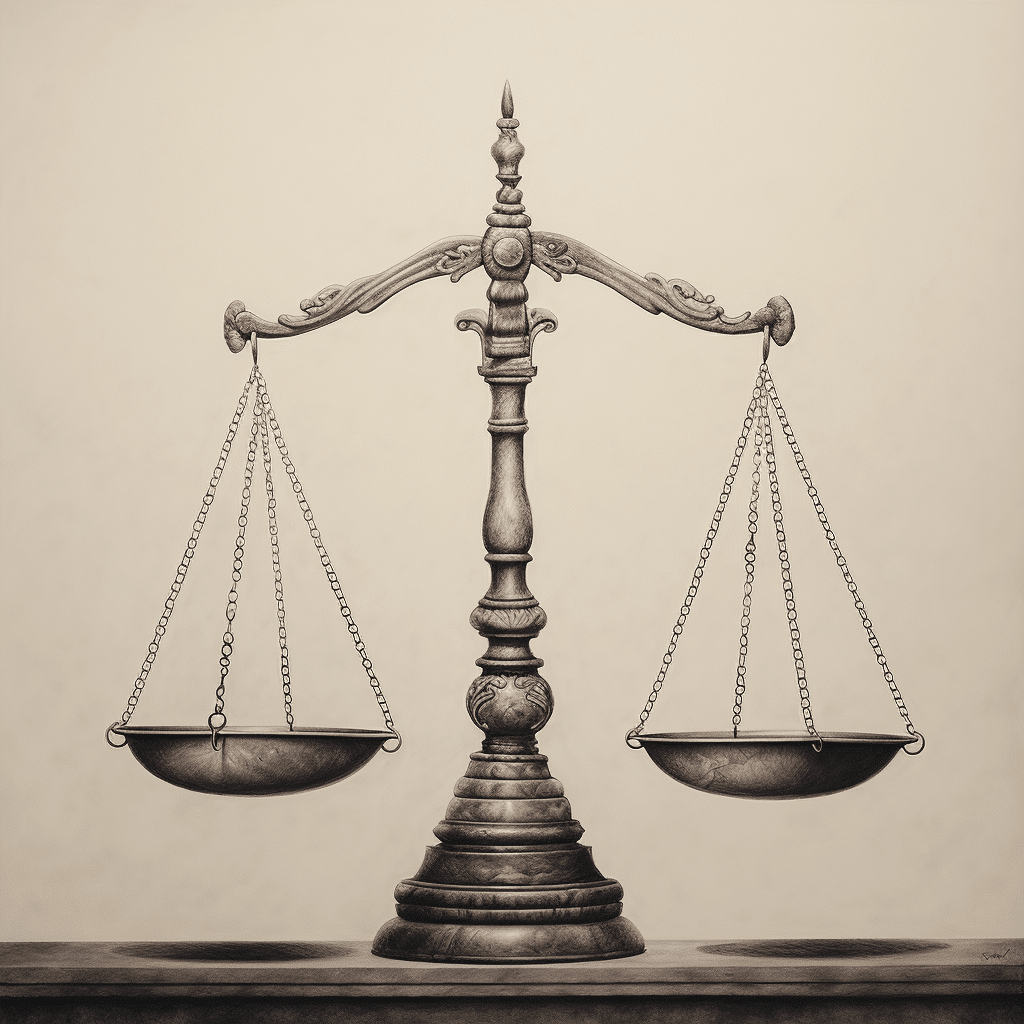
Balance is a fundamental principle of design that plays a crucial role in creating visually appealing and harmonious compositions. When an artwork is balanced, it conveys a sense of stability, order, and symmetry that is pleasing to the eye.
Balance is achieved by distributing the visual weight of the elements in a composition in a way that creates equilibrium. These elements can include color, value, texture, form, shape, space, and line. By manipulating these elements, artists can create a sense of movement, emphasis, and unity that draws the viewer’s eye and creates a focal point.
The principles of design are essential in achieving balance in art. These principles include repetition, rhythm, proportion, scale, and harmony. By using these principles, artists can create compositions that are dynamic, yet visually stable.
There are different types of balance in art, including symmetrical balance, asymmetrical balance, and crystallographic balance. Symmetrical balance is achieved when the elements in a composition are mirrored on either side of a central axis.
Asymmetrical balance, on the other hand, is achieved by distributing the visual weight of the elements unevenly in a way that creates equilibrium. Crystallographic balance is achieved by repeating elements in a composition in a way that creates a sense of unity and order.
The role of balance in composition is to create a sense of comfort and visual stability for the viewer. When an artwork is balanced, the viewer is drawn into the composition and can appreciate the artwork’s three-dimensional qualities. This is achieved through the use of linear perspective, gravity, and op art.
Balance in Different Art Forms
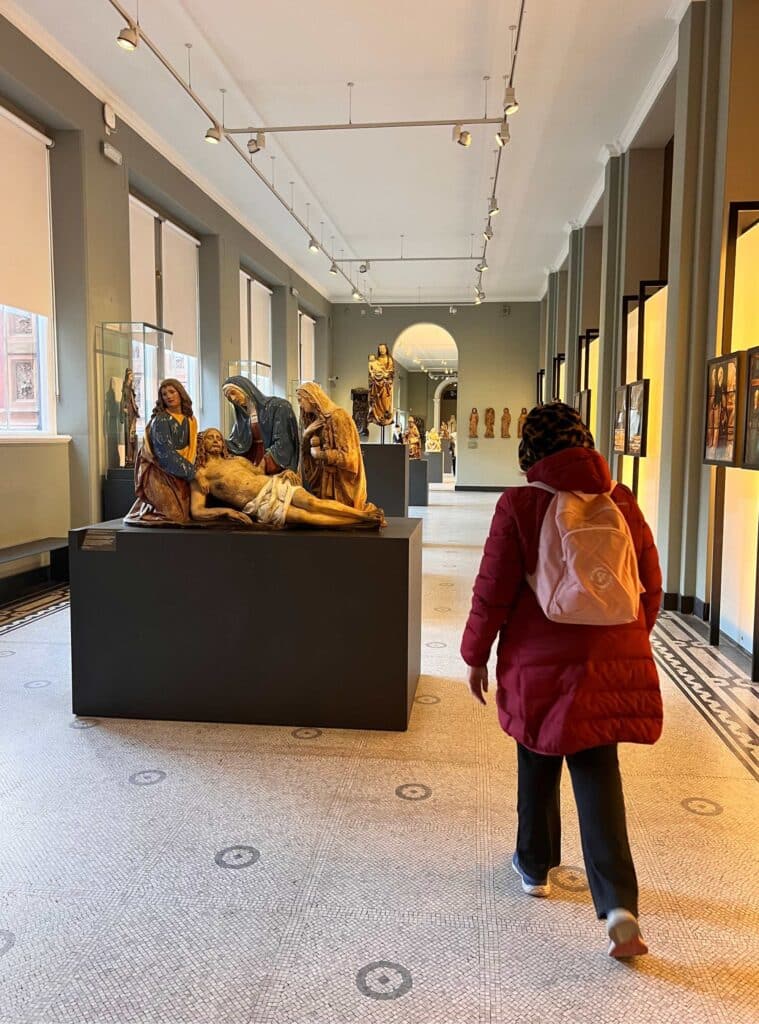
Balance is an important aspect of art that is present in various art forms such as painting, drawing, sculpture, architecture, and art and design.
In painting, balance can be achieved through the use of color, shape, and composition. Artists can use symmetrical balance, where the elements on one side of the painting are mirrored on the other side, or asymmetrical balance, where the elements are not mirrored but still create a sense of balance.
For instance, in Vincent van Gogh’s “Starry Night,” the use of swirling lines and colors creates a sense of balance despite the asymmetrical composition.

In drawing, balance can be achieved through the use of line weight, direction, and spacing. Artists can use symmetrical or asymmetrical balance to create harmony in their compositions. For example, in Leonardo da Vinci’s “Vitruvian Man,” the use of symmetrical balance creates a sense of harmony and proportion.
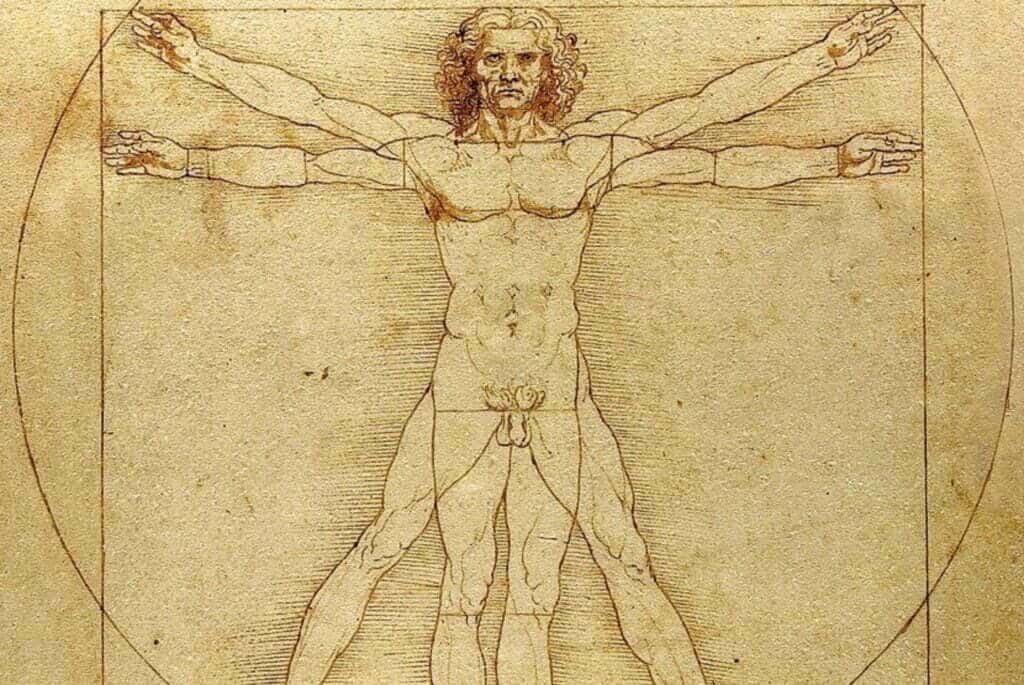
Sculpture also utilizes balance to create a sense of harmony and stability. Sculptors can use symmetry or asymmetry to create balance in their works. For instance, in Michelangelo’s “David,” the use of asymmetrical balance creates a sense of movement and tension in the sculpture.
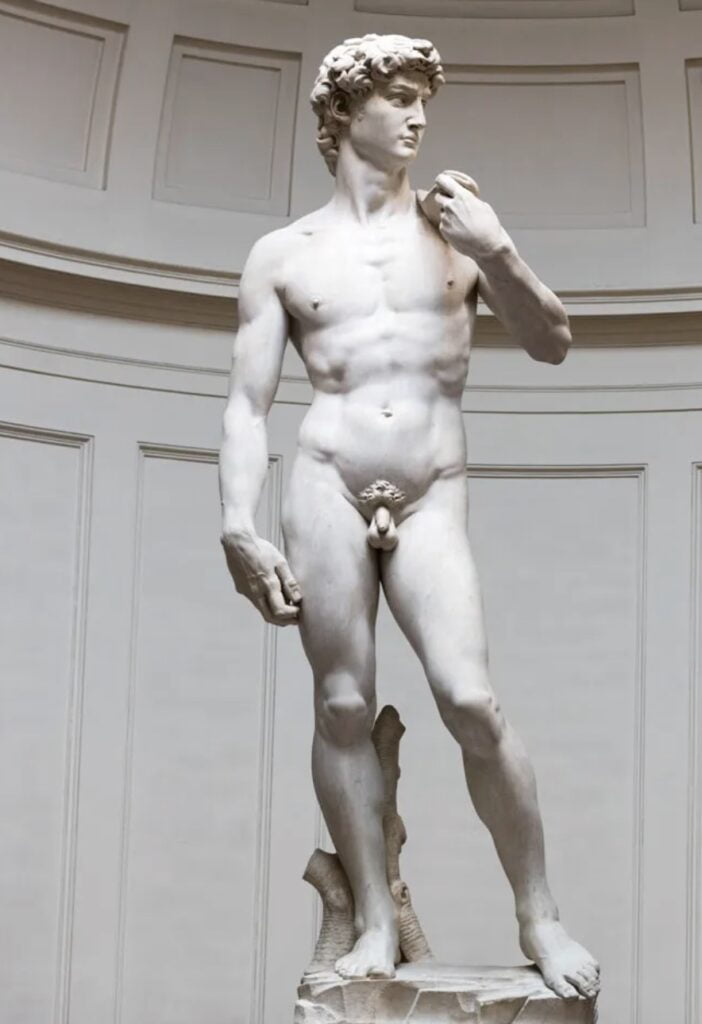
Architecture also relies on balance to create a sense of harmony and stability in buildings. Architects can use symmetry or asymmetry to create balance in their designs. For example, in the Renaissance period, architects used symmetrical balance in their designs to create a sense of order and harmony.
Art and design also rely on balance to create visually appealing compositions. Designers can use symmetry or asymmetry to create balance in their designs. For instance, in graphic design, the use of a grid system creates a sense of symmetry and balance in the layout.
Overall, balance is an important aspect of art that is present in various art forms. Artists and designers can use different techniques to achieve balance in their compositions, whether it be through the use of color, shape, line, or composition.
Notable Artists and Their Use of Balance
Balance in art is a crucial aspect that artists have been exploring for centuries. Many notable artists have used balance in their artworks to create a sense of harmony and equilibrium. Here are some of the most famous artists who have used balance in their work:
Vincent van Gogh

Vincent van Gogh was a Dutch post-impressionist painter who is known for his bold use of color and expressive brushstrokes. He often used asymmetrical balance in his paintings, such as in his famous artwork, “Starry Night,” where he used swirling lines and shapes to create a sense of movement and balance.
Leonardo da Vinci

Leonardo da Vinci was an Italian artist, inventor, and scientist who is considered one of the greatest minds of the Renaissance. He was known for his use of symmetry in his artworks, such as in his famous drawing, “Vitruvian Man,” where he used perfect proportions to create a sense of balance and harmony.
M.C. Escher
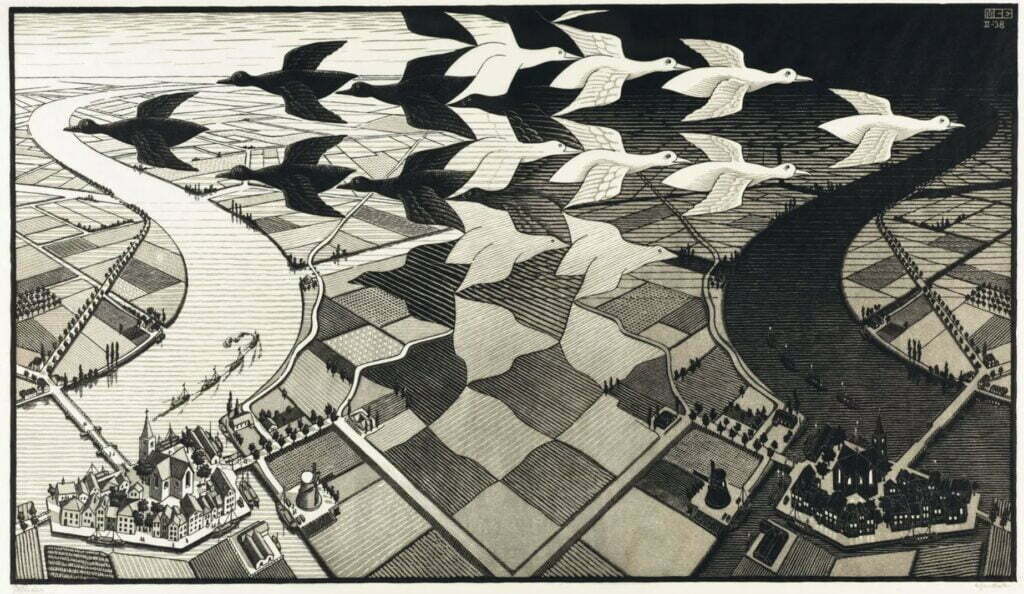
M.C. Escher was a Dutch graphic artist who is known for his use of mathematical principles in his artworks. He often used radial balance in his prints, such as in his famous artwork, “Sky and Water I,” where he used tessellations and repeating patterns to create a sense of balance and harmony.
Caravaggio
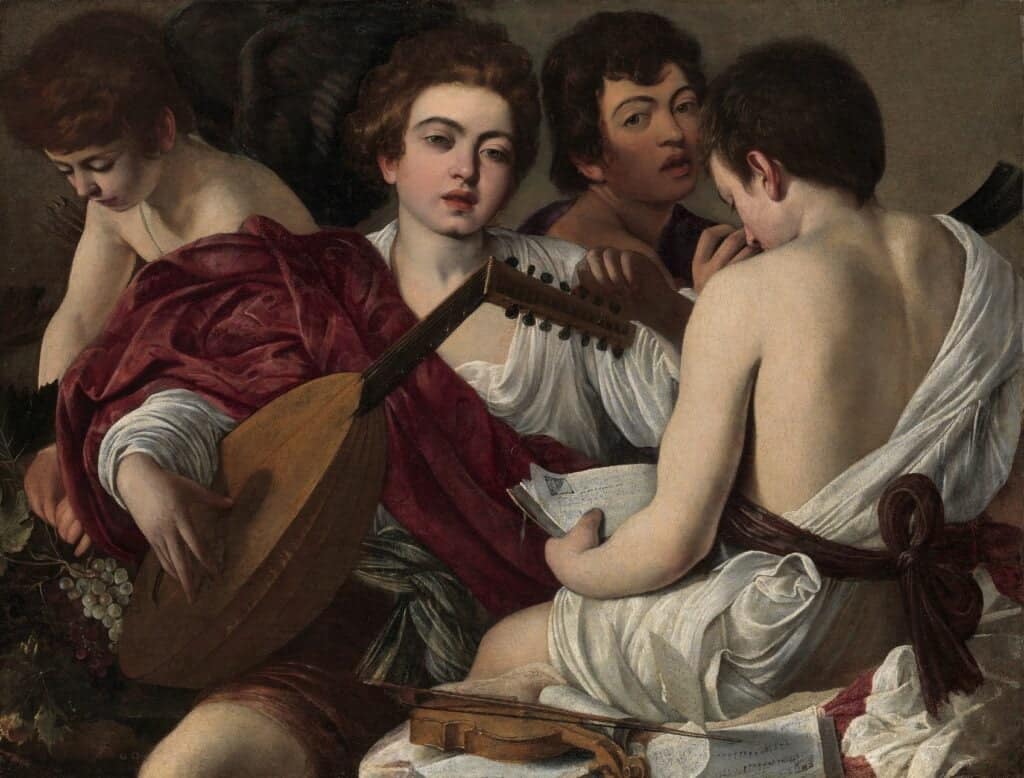
Caravaggio was an Italian Baroque painter who is known for his use of dramatic lighting and intense realism in his artworks. He often used asymmetrical balance in his paintings, such as in his famous artwork, “The Calling of Saint Matthew,” where he used light and shadow to create a sense of balance and drama.
Frida Kahlo
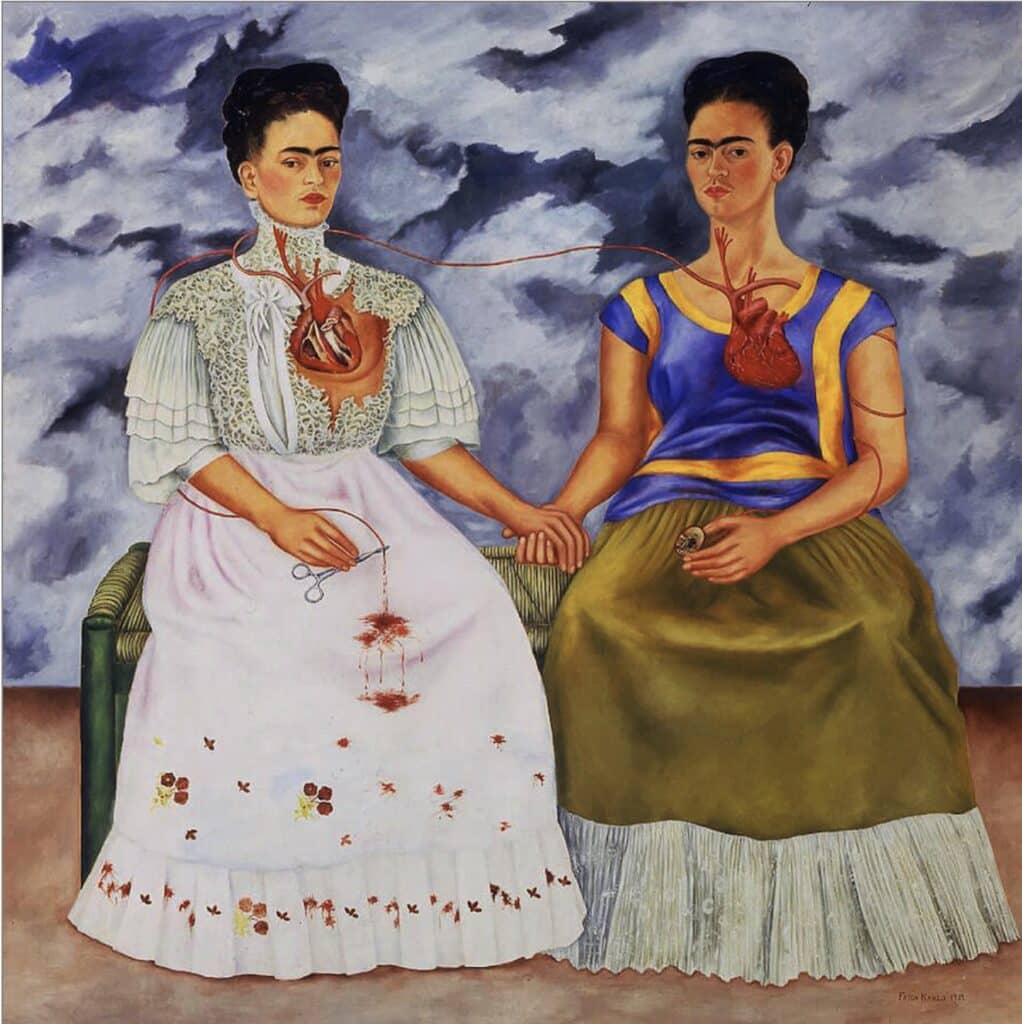
Frida Kahlo was a Mexican painter who is known for her self-portraits and use of symbolism in her artworks. She often used asymmetrical balance in her paintings, such as in her famous artwork, “The Two Fridas,” where she used contrasting colors and mirrored images to create a sense of balance and duality.
Pietro Perugino
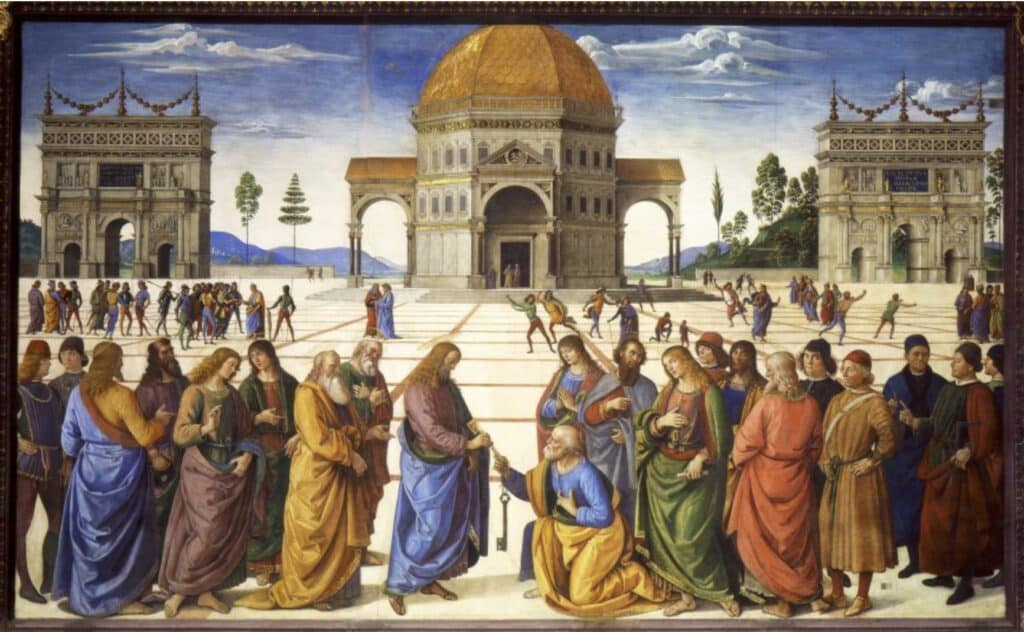
Pietro Perugino was an Italian Renaissance painter who is known for his use of symmetry and perspective in his artworks. He often used symmetrical balance in his paintings, such as in his famous artwork, “Delivery of the Keys,” where he used perfect proportions and balance to create a sense of harmony and order.
Edgar Degas
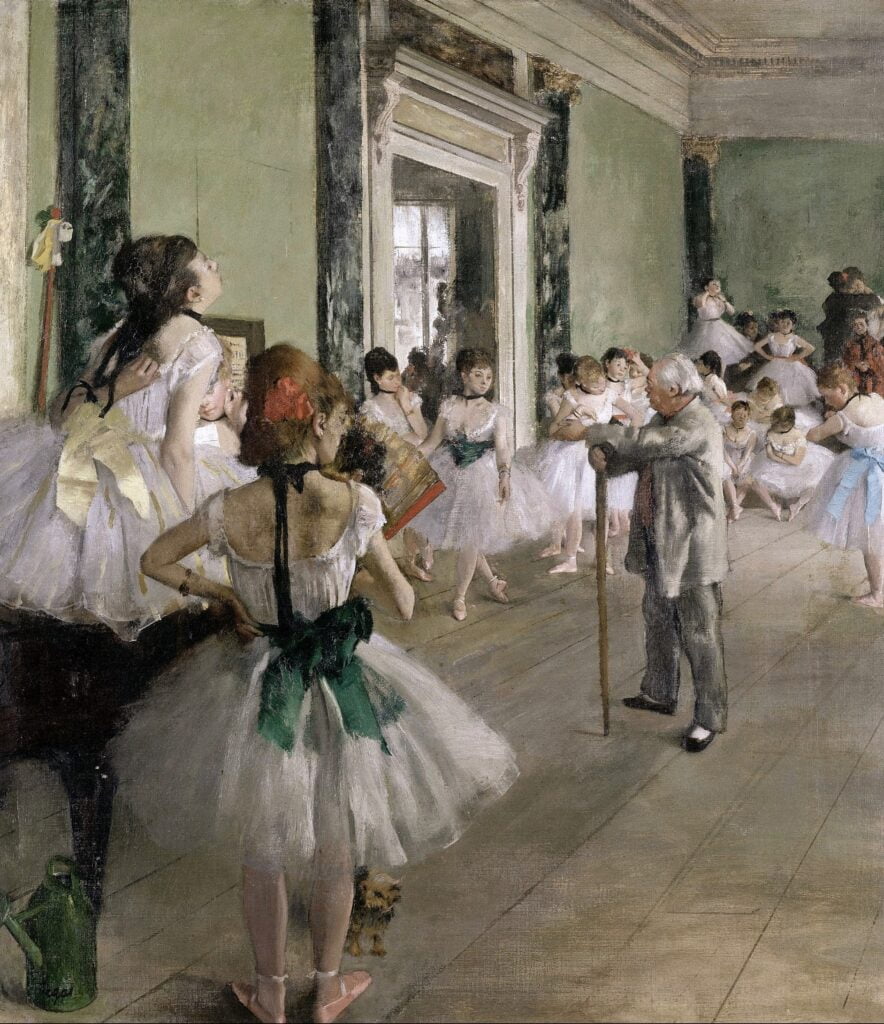
Edgar Degas was a French Impressionist painter who is known for his use of color and light in his artworks. He often used asymmetrical balance in his paintings, such as in his famous artwork, “The Ballet Class,” where he used diagonal lines and contrasting colors to create a sense of movement and balance.
Alexander Calder
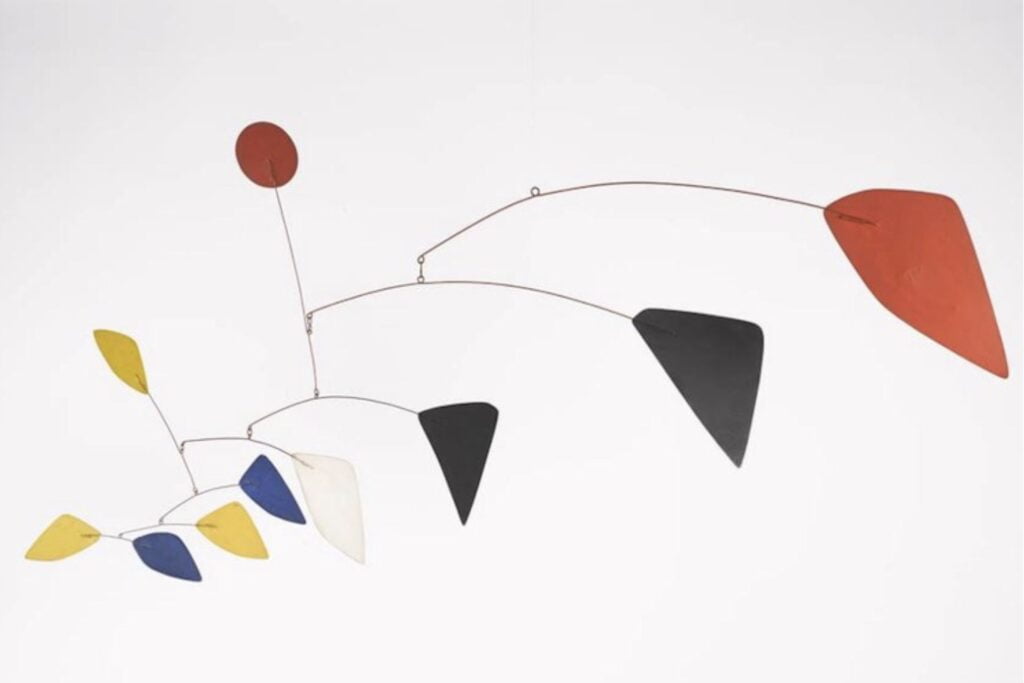
Alexander Calder was an American sculptor who is known for his use of balance and movement in his artworks. He often used radial balance in his sculptures, such as in his famous artwork, “Mobile,” where he used suspended shapes and contrasting colors to create a sense of balance and motion.
Influence of Balance in Design
Balance is a crucial aspect of design that can influence the overall aesthetic and stability of a composition. Designers use balance to create a sense of order and harmony within their work. The human eye is naturally attracted to symmetrical and balanced designs, which can create a feeling of calmness and stability.
Placement is an important factor in achieving balance in design. By placing elements in a visually appealing and balanced manner, designers can create a sense of equilibrium within their composition. Repetitive patterns can also contribute to balance in design, as it can create a sense of consistency and harmony.
Symmetrical balance in art is one of the most common forms of balance used in design. It involves creating a mirror image of elements on either side of a central axis. This type of balance can create a sense of stability and order within a composition. Saturation is also an important aspect of symmetrical balance, as it can help to create a sense of harmony and balance between different elements.
Asymmetrical balance in art is another form of balance used in design. It involves creating a balance between elements that are not identical but have equal visual weight. This type of balance can create a sense of movement and energy within a composition. Colour is an important factor in achieving asymmetrical balance, as it can help to create a sense of balance between different elements.
In conclusion, balance is a crucial aspect of design that can influence the overall aesthetic and stability of a composition. Designers use balance to create a sense of order and harmony within their work. By considering factors such as placement, repetition, saturation, and colour, designers can achieve different forms of balance within their compositions.
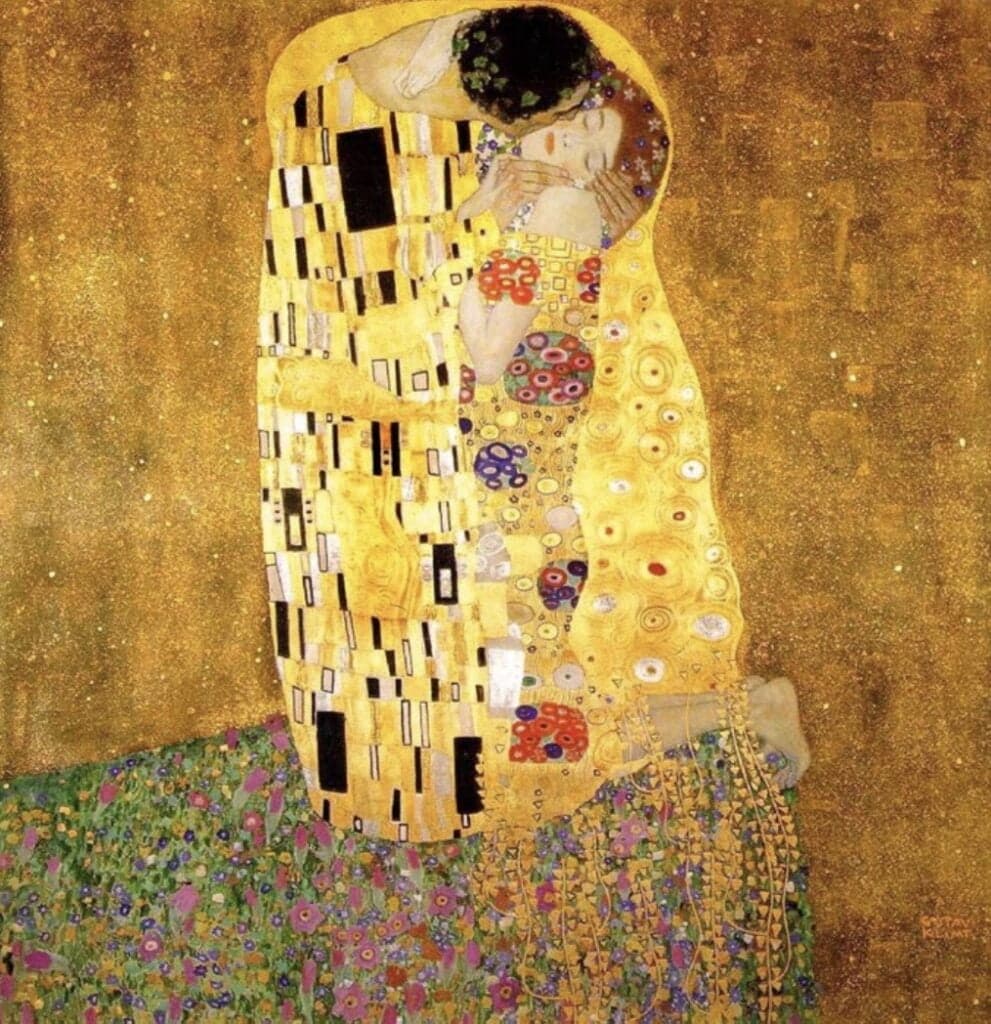
Case Studies: Balance in Famous Artworks
Balance is an essential element in art, and many famous artworks demonstrate its importance. In this section, we will explore some of the most famous artworks that display balance in their composition.
The Last Supper

Leonardo da Vinci’s The Last Supper is an excellent example of symmetrical balance in art. The painting depicts Jesus Christ and his twelve apostles during their last supper together. The painting is symmetrical, with Jesus Christ at the center, flanked by six apostles on each side. The painting’s symmetry creates a sense of harmony and stability, emphasizing the importance of the scene.
Parthenon
The Parthenon, a temple dedicated to the goddess Athena, is a masterpiece of ancient Greek architecture. The temple’s design features biaxial symmetry, with the building’s length and width divided into two equal parts. The Parthenon’s symmetry creates a sense of balance and proportion, making it one of the most beautiful and harmonious buildings in the world.
Taj Mahal
The Taj Mahal is a mausoleum located in Agra, India. The building’s design features radial symmetry, with the tomb at the center and four minarets at each corner. The Taj Mahal’s symmetry creates a sense of balance and harmony, making it one of the most beautiful and iconic buildings in the world.
Biaxial Symmetry
Biaxial symmetry is a type of symmetry that occurs when an object can be divided into two equal parts along two different axes. This type of symmetry is common in art and architecture and is often used to create a sense of balance and proportion. Examples of artworks that feature biaxial symmetry include the Parthenon and many ancient Greek vases.
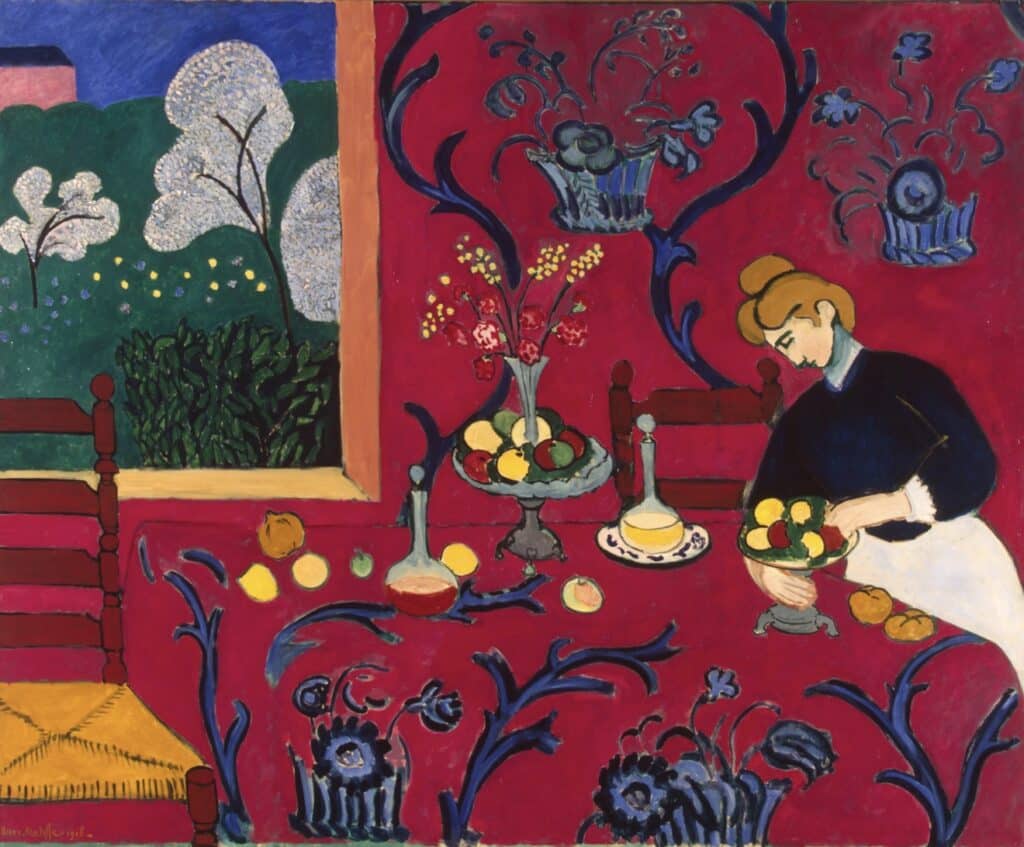
Frequently Asked Questions
What is the principle of balance in art?
Balance is one of the fundamental principles of art that refers to the distribution of visual weight within a composition. It is the way the elements of art such as line, shape, color, value, space, form, and texture are arranged to create a sense of stability and harmony.
What are the 3 types of balance in art?
There are three main types of balance in art: symmetrical balance, asymmetrical balance, and radial balance. Symmetrical balance is when the elements are arranged equally on both sides of a central axis. Asymmetrical balance is when the elements are arranged unequally but still achieve a sense of equilibrium. Radial balance is when the elements are arranged around a central point.
How does shape contribute to balance in art?
Shape plays a crucial role in achieving balance in art. Geometric shapes such as squares, circles, and triangles tend to create a sense of stability, while organic shapes such as curves and irregular shapes tend to create a sense of movement. By balancing the use of different shapes, artists can create a harmonious composition.
What is an example of balanced composition in art?
One example of a balanced composition in art is Leonardo da Vinci’s “The Vitruvian Man.” The composition is symmetrical, with the figure of a man placed in the center of the drawing and the arms and legs extending equally in all directions. The use of symmetry creates a sense of stability and harmony in the composition.
Why is balance important in art?
Balance is important in art because it creates a sense of harmony and stability in a composition. Without balance, a composition can feel chaotic or disorganized. By achieving balance, artists can guide the viewer’s eye through the composition and create a sense of visual interest.
What is structural balance in art?
Structural balance in art refers to the way in which the elements of art are arranged to create a sense of stability and harmony. It is the way in which the composition is organized to create a visual equilibrium. Structural balance can be achieved through the use of symmetry, asymmetry, or radial balance.
